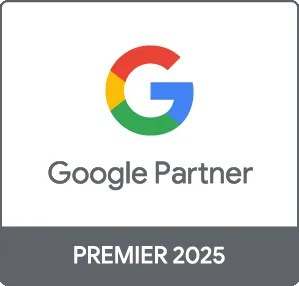PPC (Pay-Per-Click) advertising is a powerful online marketing model that allows businesses to drive traffic to their websites by paying for visibility on search engines and social media platforms. This guide will explore the fundamentals of PPC advertising, its benefits, strategies, and tips for optimizing your campaigns to achieve maximum ROI.
What is PPC Advertising?
PPC advertising is a digital marketing strategy where advertisers pay a fee each time their ad is clicked. This model is primarily used on search engines like Google and social media platforms like Facebook and Instagram. Unlike organic marketing efforts that rely on SEO to gain traffic, PPC enables businesses to gain immediate visibility and drive traffic to their websites.
Benefits of PPC Advertising
- Immediate Results: PPC campaigns can be set up quickly and start driving traffic almost immediately, unlike SEO efforts that take time to build.
- Targeted Reach: PPC allows for precise targeting based on demographics, interests, behavior, and geographic location, ensuring ads reach the most relevant audiences.
- Cost Control: Advertisers can set their budgets, bid amounts, and choose how much they're willing to pay for each click, offering full control over advertising expenditures.
- Measurable Performance: PPC platforms provide detailed analytics that allow businesses to track ad performance, optimize campaigns, and measure ROI effectively.
Key Components of a Successful PPC Campaign
1. Keyword Research
Effective PPC advertising begins with thorough keyword research. Identifying the right keywords will help you reach the right audience. Utilize tools like Google Keyword Planner to find keywords with high search volume and low competition.
2. Compelling Ad Copy
Your ad copy should be catchy and relevant to attract clicks. Highlight unique selling points, include relevant keywords, and create a strong call-to-action (CTA) that encourages users to take action.
3. Landing Page Optimization
Enhancing the landing page experience is crucial for converting clicks into customers. Ensure your landing page contains relevant content, a user-friendly interface, and clear CTAs to drive conversions.
4. A/B Testing
Regularly test different versions of your ads including copy variations, images, and CTAs to determine which performs best. A/B testing helps optimize ad performance for better results.
5. Performance Monitoring
Continuously track the performance of your PPC campaigns using analytics tools. Evaluate key metrics like click-through rates (CTR), conversion rates, and cost per acquisition (CPA) to refine your strategy.
PPC Advertising Platforms
There are several platforms available for PPC advertising:
- Google Ads: The most popular PPC platform, allowing businesses to display ads on Google search results and across its network.
- Bing Ads: A great alternative to Google Ads that can also help you reach potential customers on Microsoft's search engine.
- Facebook Ads: Ideal for targeting specific demographics based on interests and behaviors, offering diverse ad formats including images, videos, and carousels.
- LinkedIn Ads: Suitable for B2B marketing, helping companies reach business professionals through sponsored content and InMail campaigns.
Conclusion
PPC advertising is an effective digital marketing strategy that can deliver immediate results when executed correctly. By understanding its components, optimizing your campaigns, and measuring performance, you can leverage PPC to grow your business. At Prebo Digital, we specialize in creating targeted PPC campaigns that drive traffic and conversions. Ready to launch your PPC strategy? Contact us today for expert guidance!





